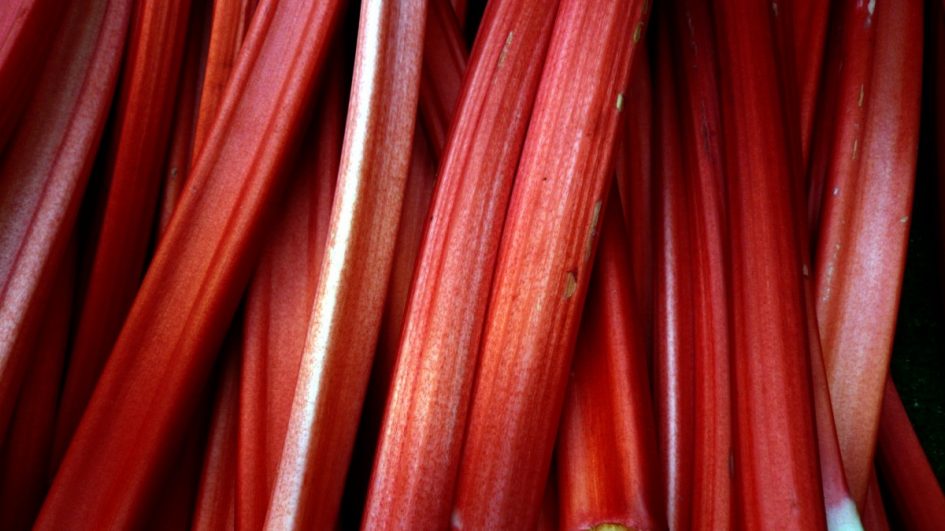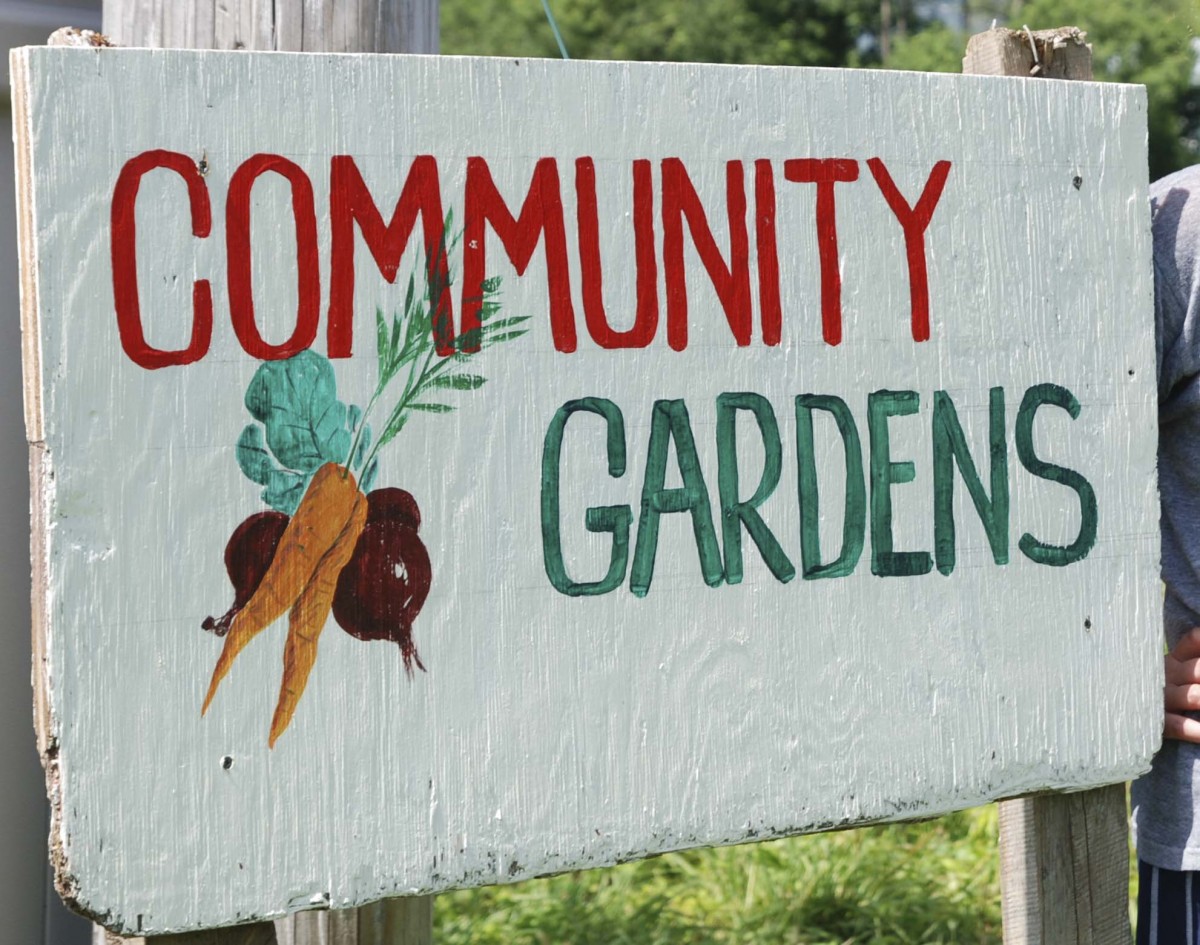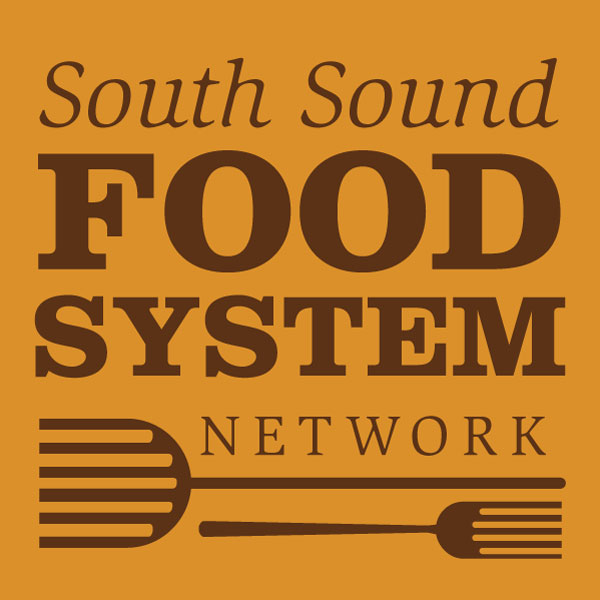“The challenge for those of us involved in food localization is to be able to see such pockets of aliveness and wholeness in our emerging foodshed and in our communities and to protect them, to catalyze their replication- and then to see what’s possible and needed next. This is how foodsheds and communities are healed and ultimately made whole” (Brownlee 2016: 225).
This week my independent work has actually not consisted of the Farmers Market project with SSS. As every internship goes, things come up, and often time you learn many things you weren’t expecting to, and you’re able to jump on projects that weren’t necessarily predicted.
With that being said, after an update on the status of community gardens in the Olympia area, Sustainable South Sound members became excited and ambitious (as every nonprofit board should be about their cause). It was agreed by everyone that there should be more access to and available resources for more community gardens in the City of Olympia. From this fervor, the idea of a City of Olympia proclamation or resolution stating the need for a community garden within walking distance of every resident of the City of Olympia quickly became another bullet on the to-do list. Being that everyone on the board has a livelihood to maintain outside of their work with Sustainable South Sound, I was honored with the responsibility of creating the first draft. A launch point, if you will.
Being that I have never actually written a resolution before, this week I have been frantically researching how exactly to do that, as well as looking to examples (particularly with a theme in food and agriculture) that are listed on the City of Olympia website.
Here are some from previous years that I think are great examples, pertain to this class, and ultimately are just worth reading.
The other thing I have been focused on this week is helping to plan the South Sound Food System Network’s Food Summit in October. This process that began last quarter has been very informing as to what it takes to truly plan an event of this magnitude. This week a lot of our conversation focused on the people and organizations we wanted to be at the proverbial (and I suppose literal) table.
Katie Raines, director of GRuB and co-chair of SSFSN, has made it clear that in addition to the foodie crowd that normally show up at events like this, it is important for this event to include those who are most affected by the food systems but don’t necessarily always have a place in the conversation. These local communities include food insecure/low income families, seniors, veterans, youth, native people, etc. Coming from a very “social” food system perspective, some parties more concerned with economic or environmental issues met Katie with a bit of weariness to this approach. While I believed that all parties were right in advocating for their particular perspectives, it was the first time that I saw the tensions between all of the various players in the food system at work in the local community.
Theory to practice – big time.
Moving forward I am excited to continue working with the SSFSN, helping with the community garden resolution project, and beginning the Farmers Market project.
Until next time.



Leave a Reply